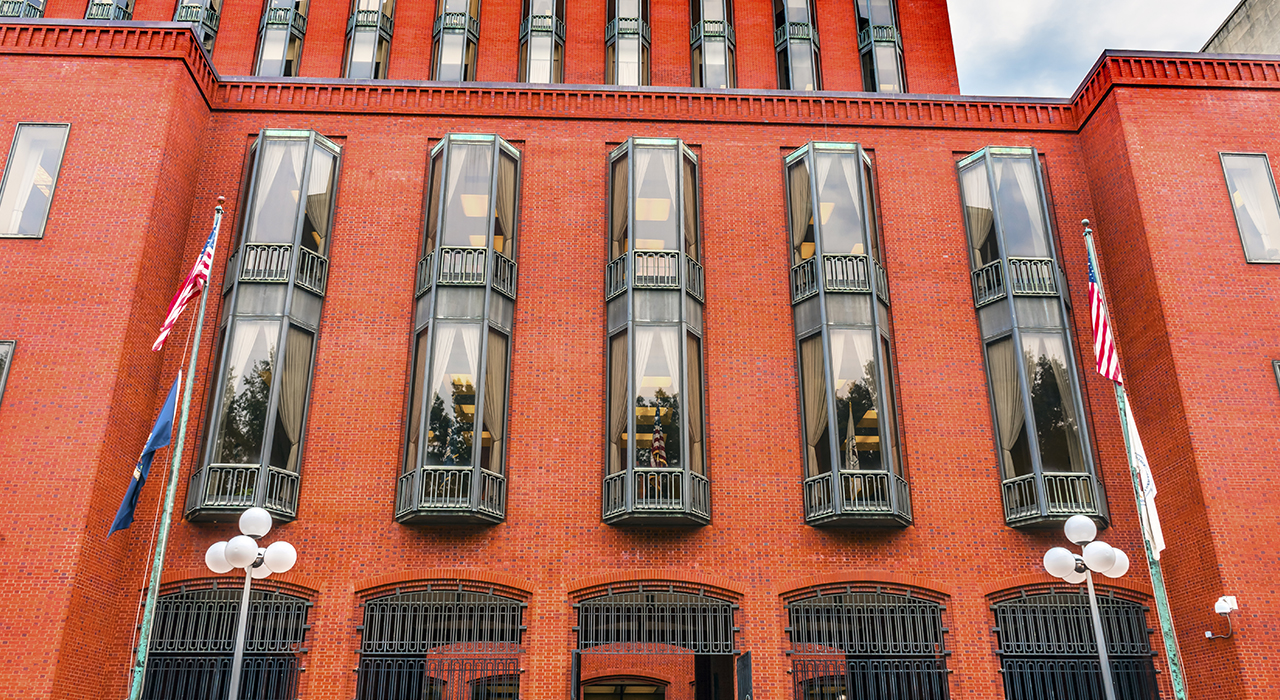Under the doctrine of “claim preclusion” (res judicata), a judgment on the merits in a prior suit bars a second suit involving the same parties or their privies based on the same cause of action. Parklane Hosiery Co. v. Shore, 439 U.S. 322, 326 n.5 (1979). Claim preclusion bars both those claims that were brought as well as those that could have been brought in the earlier lawsuit. Lucky Brand Dungarees v. Marcel Fashions Grp., Inc., 140 S. Ct. 1589, 1594-95 (2020).
“Issue preclusion” (collateral estoppel) bars “successive litigation of an issue of fact or law actually litigated and resolved in a valid court determination essential to the prior judgment, whether or not the issue arises on the same or a different claim.” New Hampshire v. Maine, 532 U.S. 742, 748 (2001). Only issues “actually litigated” and “essential to the prior judgment” have preclusive effect. Id.
In addition to “claim preclusion” and “issue preclusion,” the so-called “Kessler doctrine” bars a patent infringement suit against the customer of a seller who had previously prevailed against a patentee in an earlier patent infringement suit. Kessler v. Eldred, 206 U.S. 285 (1907).
On June 17, 2020, the Federal Circuit (“Court”) issued the precedential opinion of In re PersonalWeb Technologies, Inc. affirming that the Kessler doctrine barred future patent infringement suits against Amazon’s customers, because an earlier lawsuit brought by PersonalWeb against Amazon was dismissed with prejudice.
This decision illustrates that a settlement agreement failing to specify a patent owner’s right to sue can foreclose future patent infringement suits against other potential infringers.

